Looks like O’Hare International Airport is gearing up to take retail matters seriously. Passengers will see a difference in their long walks without the aid of the “moving sidewalks” on the C side of the airport in Terminal 1. In the airports effort to promote more retail shopping the moving sidewalks will be removed. Will the passengers like, love or hate this move? Well we shall find out!!!
Read more as reported by View From The Wing:
United’s C concourse at Chicago O’Hare will see moving walkways removed.
United Airlines has started to remove all eight moving walkway belts in Concourse C of Terminal 1 at O’Hare. The airline says the equipment, originally installed more than 20 years ago as a convenience for tired, bag-toting passengers, now just gets in the way.
Half of the moving walkways in Concourse C have already been closed, and United said all eight will be removed by spring.
And why is this happening in Chicago?
“The walkways in C inhibit passenger flow across the concourse,” United spokesman Luke Punzenberger said. “Removing the walkways will make it easier for customers to move both lengthwise and across the width of the concourse.”
Why would it be important to ‘make it easier for customers to move… across the width of the concourse?
Under the existing layout, once an air traveler steps onto a moving walkway in Concourse C, which is rimmed by aircraft gates and concessions stands on both sides, there is no opportunity until reaching the end of the walkway to hop off and make an impulse purchase.
Interestingly Dallas-Fort Worth has already removed walkways from their D terminal (the international — and newest — terminal). That cost a million dollars. It was intended to create cross traffic for more retail, and this was explicitly a part of the airport’s concessions development plans.
Nonetheless, United and O’Hare don’t want to admit walkways are being removed to encourage more retail purchases. They offer reasons the walkways aren’t important, but not why it’s worth spending money to get rid of them.
I’m not sure the suggestion that passengers with roller bags don’t need the walkways is correct (especially since by the time you get to the midfield C concourse there’s already been quite a bit of walking). Even if it is it could be a reason not to install the walkways in the first place, but not a reason on its own to proactively remove them at significant expense. For that you need some end you’re accomplishing, and it does seem that end is facilitating more retail.
The moving sidewalks, officially called “travelators” in the airport trade, provide a resting spot for some travelers who while catching their breath can still be on the move. And they’re a tool to help more energetic (or late) passengers reach their gates faster.
On the flipside, there’s the stretch of an argument that moving walkways — around for 122 years — are a safety risk. Oh, and think of the children: “children can’t seem to resist the temptation to behave like the walkways are an amusement park ride.” There’s also the argument that they slow passengers who create a traffic jam by not walking on them, but Chicago isn’t installing wider walkways passengers can move around others on or faster walkways… they’re getting rid of walkways.
The moving walkways in the underground tunnel that connects United’s B and C concourses will stay.
Here’s the story of that tunnel.
At the time of it’s design, United was in talks with Disney about becoming the new Corporate Alliance “Official Airline of Disneyland and Walt Disney World.” United put Jahn in touch with Disney’s Imagineering division and they jointly planned on creating some nice 3 dimensional “vignettes” of scenes of various cities that United flew to, in all these “windows” on the sides. Similar to what some might remember from the old “Delta’s Dream Flight” attraction in Tomorrowland at the Magic Kingdom at Walt Disney World.
Part of this collaboration was the creation and design of the neon rainbow transition sculpture running the length of the corridor, by noted neon sculpture/artist Michael Hayden of California, who had worked on a similar rainbow piece for Disney…a popular curving rainbow tunnel…at the “Image Works” section of the Imagination Pavilion at Disney World’s Epcot, that was sponsored by Kodak.
Well, the Disney marketing partnership just didn’t work out, and money got a little tight with cost overruns on other parts of the project, so snip, snip…cheap little plastic color backlit panels now cover what might have been. But Hayden’s wonderful rainbow neon artwork remained (titled “The Sky’s The Limit” if anyone cares), and an “otherworldly” original composition of Rhapsody In Blue was created by composer William Kraft, and synchronized by computer with the color changes of the neon, for the final effect, which both artists share credit for.
Source: View From The Wing






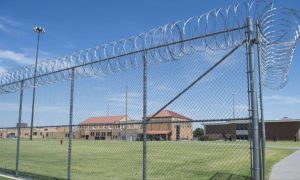

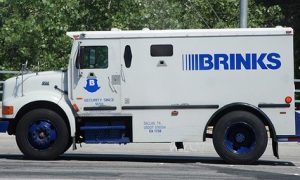





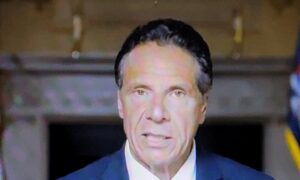











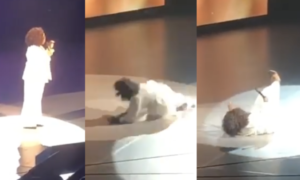





















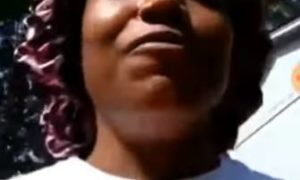



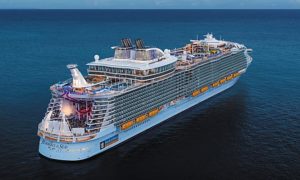



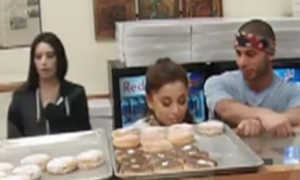































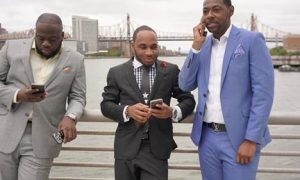















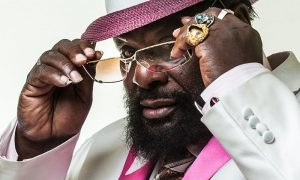







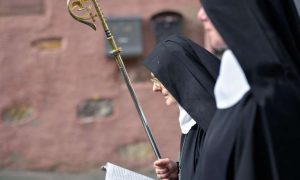













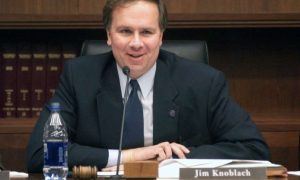























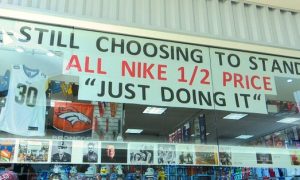













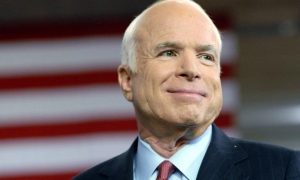









































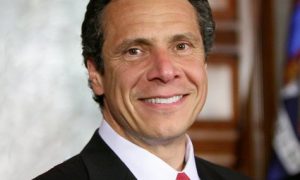

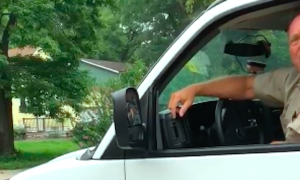

























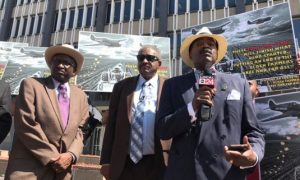





![[Video] Chicago Police Officers Caught On Video Telling Two Black Men "We Kill Mother F**kers"](https://earhustle411.com/wp-content/uploads/2018/07/evil-cop-3-300x180.jpg)
![[Video] Chicago Police Officers Caught On Video Telling Two Black Men "We Kill Mother F**kers"](https://earhustle411.com/wp-content/uploads/2018/07/evil-cop-3-80x80.jpg)












![[Video] White Woman Calls The Cops On Black Real Estate Investor, Cops Threaten To Arrest Her For Harassing Him](https://earhustle411.com/wp-content/uploads/2018/05/nosy-neighbor-300x180.png)
![[Video] White Woman Calls The Cops On Black Real Estate Investor, Cops Threaten To Arrest Her For Harassing Him](https://earhustle411.com/wp-content/uploads/2018/05/nosy-neighbor-80x80.png)


![White Scientist Says The Black Community Is Being Targeted By The Medical System, They Are Deliberatly Being Poisoned [Video]](https://earhustle411.com/wp-content/uploads/2016/05/mike-adams-300x180.jpg)
![White Scientist Says The Black Community Is Being Targeted By The Medical System, They Are Deliberatly Being Poisoned [Video]](https://earhustle411.com/wp-content/uploads/2016/05/mike-adams-80x80.jpg)








![Teenage Girl Shot In Her Stomach Three Times But Took Time To Post To Facebook [ Video]](https://earhustle411.com/wp-content/uploads/2016/02/Gangster-chick-300x180.jpg)
![Teenage Girl Shot In Her Stomach Three Times But Took Time To Post To Facebook [ Video]](https://earhustle411.com/wp-content/uploads/2016/02/Gangster-chick-80x80.jpg)







